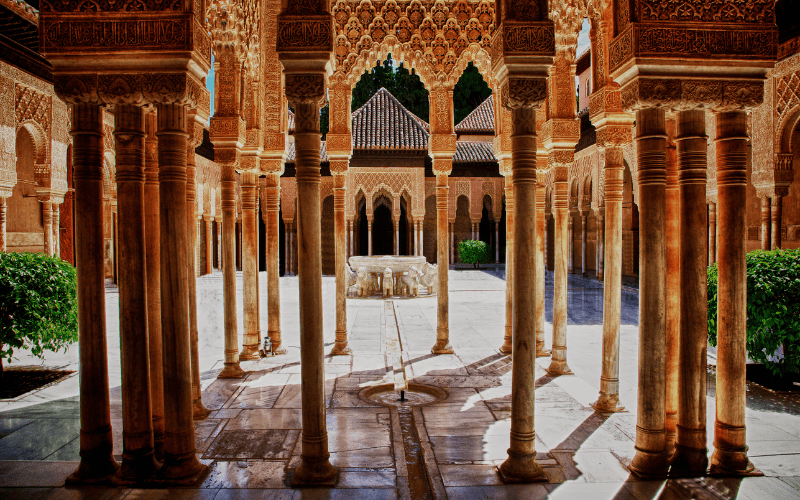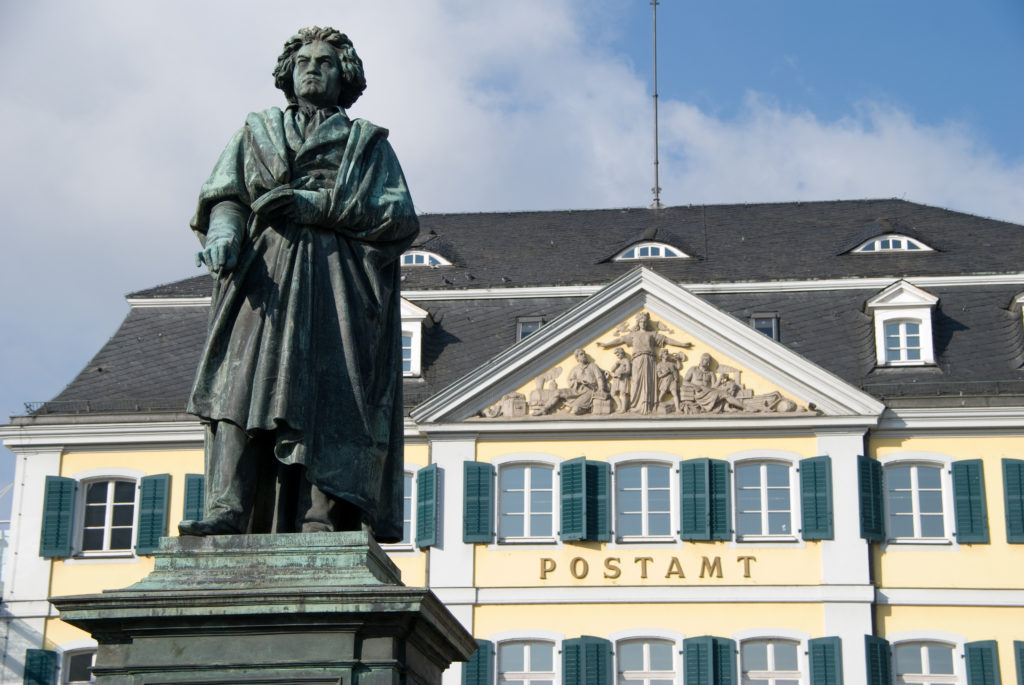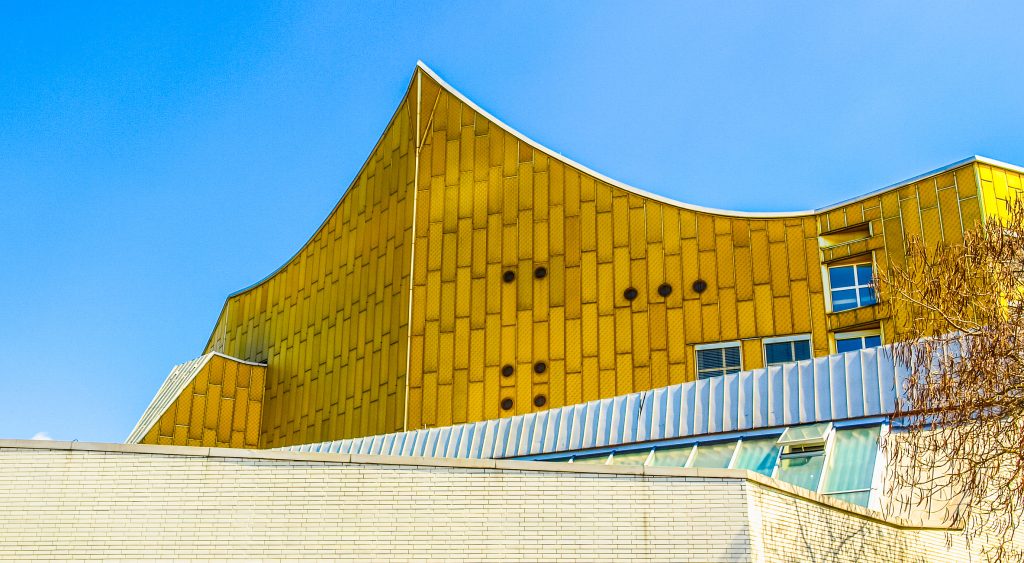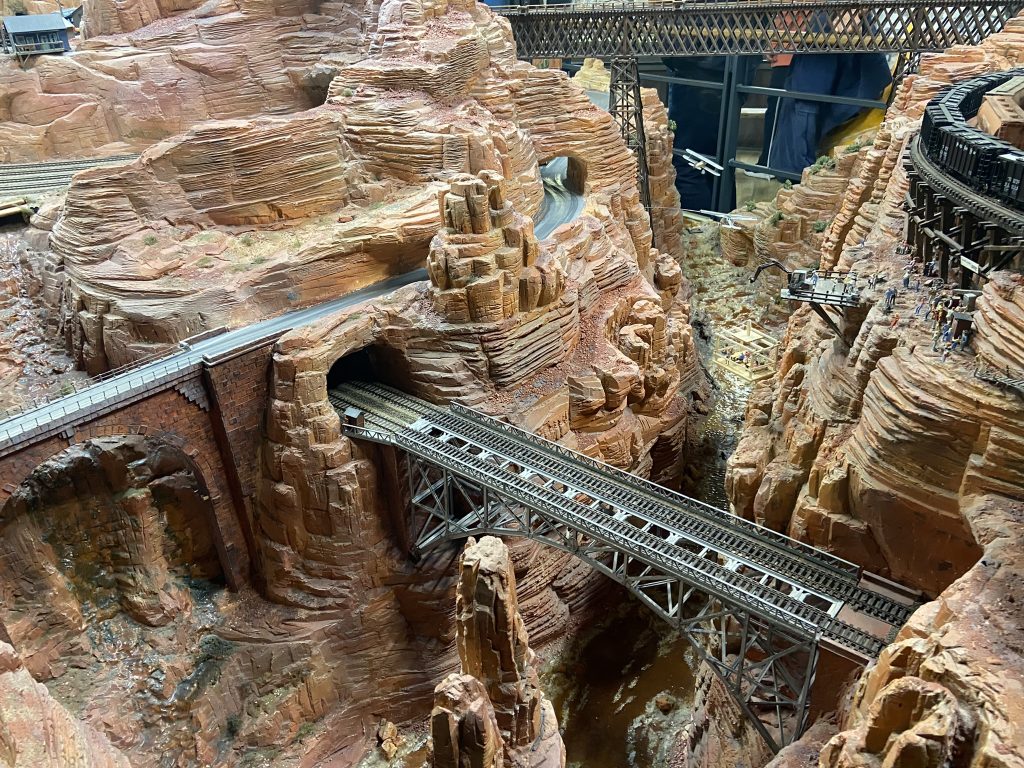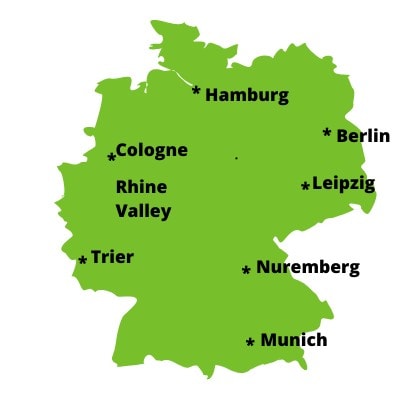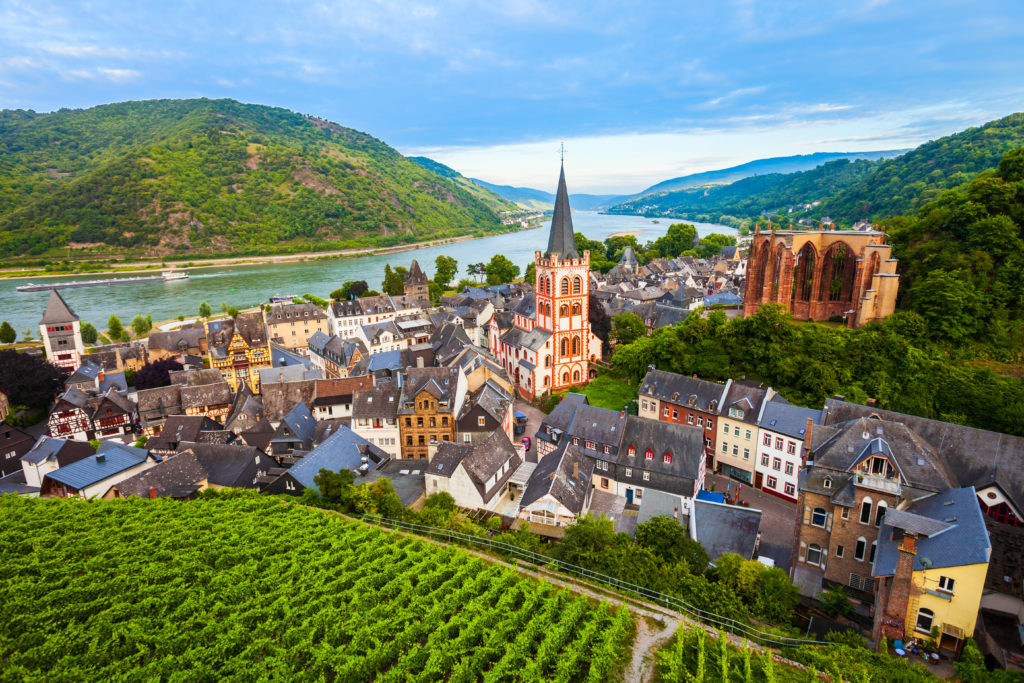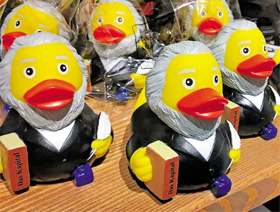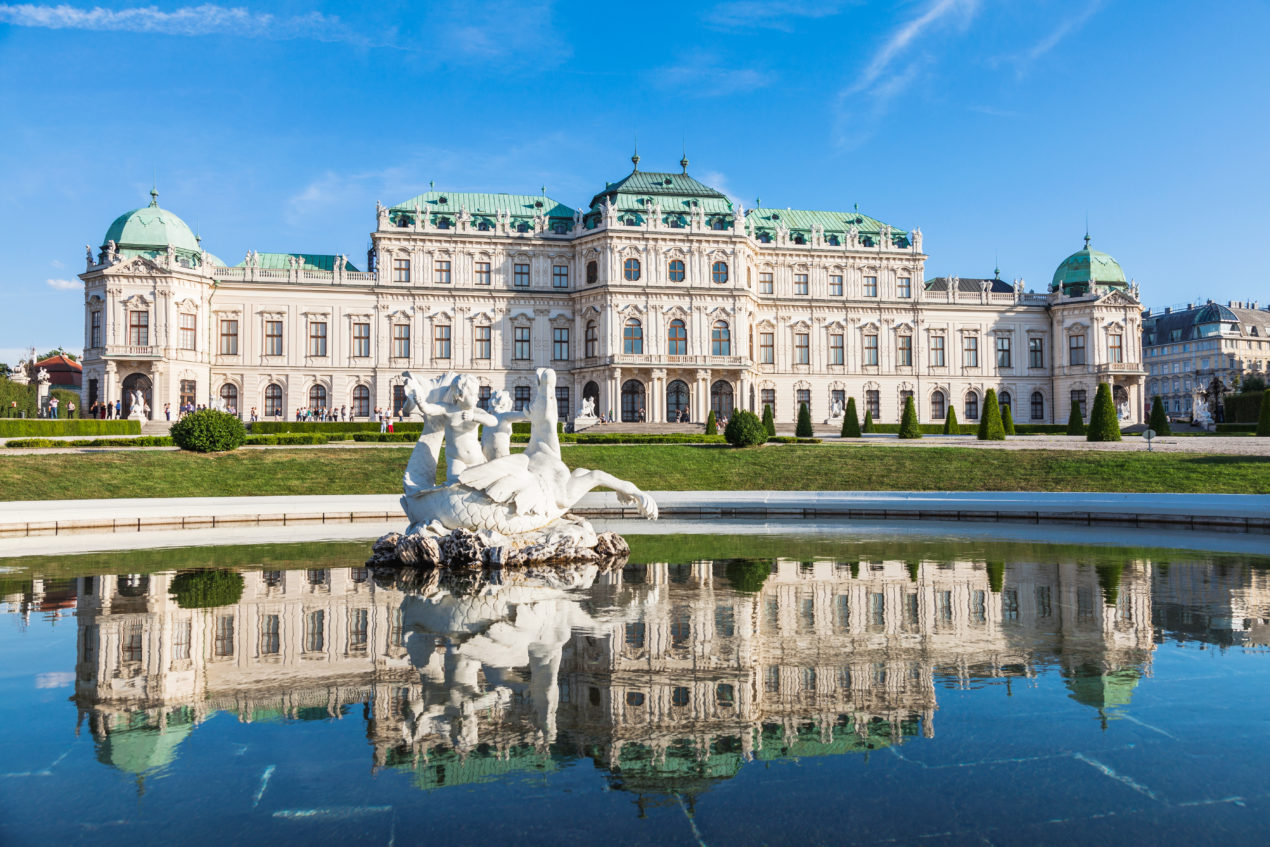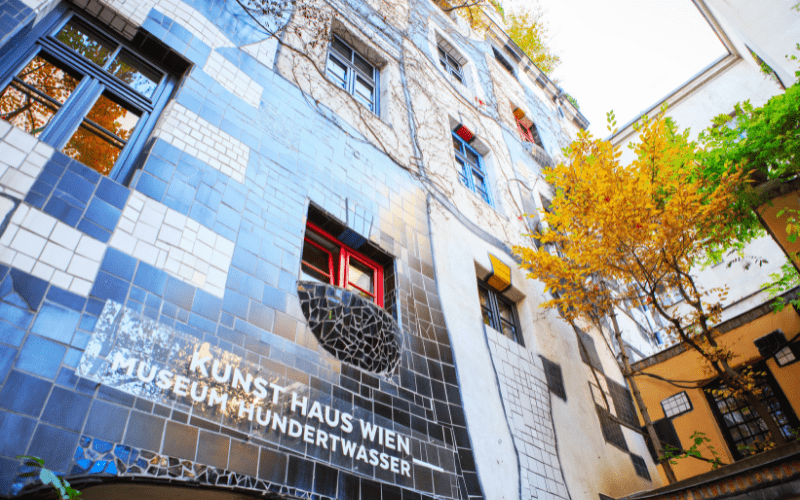Amazing Artsy Sightseeing Choices in Spain for the Independent Traveler
When it comes to artsy favorites, Spain has more than its fair share of wonderful sights and experiences. From amazing flamenco to mind-bending modern art to soul-expanding palaces and cathedrals, Spain is a treasure that keeps on giving.
Every time I travel to Spain, I discover new layers of a culture that stretch back millennia.
In this post, I share some of my favorite artsy experiences in Spain.
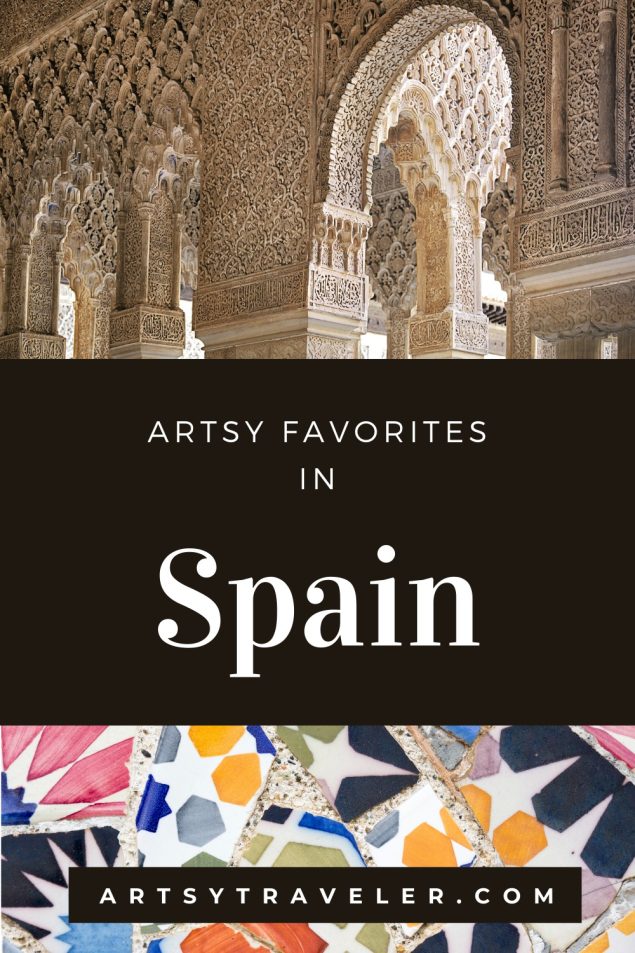
Map of Spain: Suggested Artsy Favorites
The map below shows the locations of the artsy sightseeing favorites mentioned in this post. Click a number to read more about the location.
Flamenco–a Definite Artsy Favorite!
My husband Gregg and I are crazy for flamenco and see it every chance we get when we travel in Spain. In fact, Gregg loves it so much that he created a whole series of pastel drawings based on his experiences seeing flamenco in Spain.


We’ve experienced flamenco in Seville, Cordoba, and Barcelona.
Flamenco in Seville
Seville is the place to go to see a wide variety of flamenco shows, although we’ve also seen good shows in both Barcelona (even though it’s not flamenco country) and Cordoba.
When you’re in Seville (#1 on the map), start with the Flamenco Dance Museum. Purchase the combo ticket that includes the museum and a late afternoon flamenco show. On your second night in Seville (and seriously, spend at least two nights and preferably three in this most Spanish of cities), attend a flamenco show at Los Gallos.

The Flamenco Dance Museum exhibits a marvelous collection of flamenco-related objects, films, and paintings and explains the history of flamenco and the meaning of the various terms. Baile is dance, Bailaor is dancer, cantaor is singer, palmas is the rhythmic hand-clapping that accompanies flamenco song and dance, and duende is the soul force that inspires the art of flamenco.
The flamenco dancers and musicians at the Flamenco Museum put on a heart-stomping hour-long concert. Get your tickets in advance. The room was packed!
Options for Seeing Flamenco in Seville
The show at Los Gallos is intimate and incredible. We’ve seen it twice and both times we were completely blown away.
Seeing Flamenco in Barcelona
Catalan Barcelona (#2) is not a center for flamenco. However, we saw our first performance of flamenco there at the Palau de la Música. Called Opera y Flamenco, we enjoyed an utterly spellbinding evening of opera arias by a tenor and a soprano, flamenco dancing by a man and woman, and traditional flamenco singing by a woman. A band of about eight that included guitars, piano, cello, violins, and drums blew the roof off.
I was having heart palpitations by the end. Rarely, if ever, have we experienced such an awe-inspiring evening of music. The flamenco dancing was enough to turn even the most hardened non-romantic into a giant goose bump.
The concert we saw may not be playing when you’re in Barcelona but definitely make room in your itinerary to tour the Palau de la Música or take in a concert. The stunningly ornate modernista building will take your breath away. I write more about it in Favorite Concerts & Performances in Europe.
Seeing the Palau de la Música in Barcelona
Historical Art–a Must See for the Artsy Traveler
Historical art in Spain takes in a lot of centuries, going as far back as 30,000 years ago and beyond. Spain has several cave art sites and is world-renowned for its master artists, including Velasquez, El Greco, and Goya, among others.
Cave Art
So far, we’ve visited only one cave art site in Spain—La Pileta (#3) near Ronda in southern Spain. The hour-long tour in the dimly lit cave took us past paintings that are at least 30,000 years old. Reservations are required; check the website to book your tour time. The drive up a steep and winding road to the entrance of the cave is half the fun of a visit here.
We learned about the Caves of Pileta (Cueva de la Pileta) from the owner of the beautiful little hotel we stayed at out in the countryside near Ronda (see Where to Stay in Spain: My Best Picks).
We’re big cave art fans and plan to visit the ‘queen’ of the cave art sites –the Cave of Altamira (Cueva de Altamira) in northern Spain near the charming town of Santillana del Mar. Featured are charcoal drawings and polychrome paintings of animals and human hands.

The Cave at Altamira is the premier site for exploring prehistoric art in Spain. Buy tickets in advance from the website.
The Prado
The Prado in Madrid (#4) is one of the world’s major art galleries, on a par with the Louvre and the Rijksmuseum. We enjoyed touring the Prado which exhibits many of the biggies, including Bosch’s The Garden of Earthly Delights, Velasquez’s Las Meninas, Goya’s 6th of May, and a whack of Raphaels, Rubenses, Durers, El Grecos, et al.

Shown above is the Garden of Earthly Delights by Hieronymus Bosch, surely one of the coolest paintings ever!
Although large, the Prado not as daunting as the Louvre and certainly not as crowded. You can get fairly close to masterpieces that you’ve seen in art books for years. There’s no doubt that the real thing is, well, the real thing! There’s no comparison to a reproduction.
Put the Prado at the top of your artsy must-see list when you visit Madrid.
Options for Touring Art Museums in Madrid
Modern Art for the Artsy Traveler
Spain is home to several modern art museums, the most famous being the Reina Sofia and the Guggenheim Bilbao. Don’t miss either one if you’re a modern art fan.
Reina Sofia
The Reina Sofia (#5) is the major modern art museum in Madrid and houses Picasso’s Guernica along with assorted works by Miró, Dalí, etc. Guernica did not come to Spain until the 1980s after the death of Franco. Now it has pride of place in a room of its own.
The painting is massive and far more powerful in real life than in reproduction. You’ll sense how enraged Picasso felt as he painted it.
The Reina Sofia is a well-designed gallery that combines a modern area with the arched hallways and barred windows of an old hospital. In many of the rooms, a film representative of the period is playing. Most were from the silent era which made following them a lot easier.
The Reina Sofia is included in my post showcasing Awesome Modern Art Museums in Europe: Best Bets for the Artsy Traveler.
Guggenheim Bilbao
The Guggenheim Museum in Bilbao (#6) is hands down one of my very favorite modern art museums in Europe. The building itself is fabulous as are the many sculptures surrounding it, including the beloved Puppy. He’s the massive Highland Terrier created by Jeff Koons and made from living flowers that guards the entrance to the museum.

The Guggenheim Bilbao is included in my post showcasing the Awesome Modern Art Museums in Europe: Best Bets for the Artsy Traveler.
Options for Touring the Guggenheim Bilbao
Museums Dedicated to Individual Artists
Several of the most famous artists of the 20th century were born in Spain including Pablo Picasso, Joan Miró, and Salvador Dalí. Each has museums dedicated to their art along with pieces in most major collections.
Picasso Museum
For more Picasso, visit the exquisite Picasso Museum (Museu Picasso) (#7) in the Barri Gòtic, the medieval center of Barcelona. Picasso truly was a master of it all—a painter, printmaker, ceramicist, sculptor, stage designer, and even a poet and playwright. The Museu Picasso includes over 4,000 works artfully displayed.
Miró Foundation
A visit to the Miró Foundation (Fundació Joan Miró (#8)) in Barcelona is just plain fun. Located in the Parc de Montjuïc, it’s a subway or bus ride from the Plaça de Catalunya and well worth an afternoon of your time. I write more about it in my post Two Packed & Fabulous Days in Trendy Barcelona.
Dalí Museum
If you’re driving from southwest France into Spain, consider stopping in Figueres to visit the majorly quirky Dalí Theatre-Museum (#9). If you are a Dalí fan (I confess I am not), the museum is a worthwhile stop. The area also has other Dalí sites including the Salvador Dalí House in Portlligat near the charming little town of Cadaques.
Cathedrals to Awe the Artsy Traveler
In this very Catholic country, you’ll find lots of churches and cathedrals, many dripping with gold brought back from the New World by the conquistadors.
Learn more about them in these posts.
- Santiago de Compostela (#10): Exploring Northern Spain & Basque Country
- Seville Cathedral (#11) and The Cathedral of Cordoba (#12): A Culture Steeped Itinerary to Tour Andalusia Comfortably in 10 Days
- Toledo Cathedral (#13) and the Cathedral of Zaragoza (#14): Exploring the Heart of Spain
- Sagrada Familia(#15) in Barcelona: Two Packed and Fabulous Days in Barcelona
Options for Touring Cathedrals in Spain
My favorite cathedral, hands down, is the Sagrada Familia in Barcelona. Still unfinished after decades of building, the Sagrada Familia is so incredibly quirky at the same time as being heart-stoppingly stunning. The stained glass floods your senses, blocking out the sounds of fellow travelers. Stop, sit, and let your soul be stirred.

Palaces–Artsy Favorites
The must-see palace in Spain is, of course, the Alhambra (#16) in Granada, the center of Moorish Spain back in the day. I write about my suggestions for visiting Granada and touring the Alhambra in A Culture Steeped Itinerary to Tour Andalusia Comfortably in 10 Days.
Allocate at least two nights in Granada so that you can spend the entire day touring the Alhambra and the Nasrid Palace. The complex is massive and requires stamina to enjoy. Pace yourself and make sure you get reservations well in advance of your visit.

In Madrid, the Royal Palace is also definitely worth a visit.
Conclusion
One of the many things I love about traveling in Spain is the variety of interesting sights and regions. At least two weeks is needed to even scratch the surface of Spain. It’s a huge country!
Must-see regions are Catalonia to visit Barcelona, Andalusia to visit Seville, Cordoba, and Granada, Madrid and Toledo in the center, and northern Spain from Santiago de Compostela in the far northwest to Bilbao and Basque country and the Pyrenees in the far west.
Artsy travel experiences abound. Here are more posts to explore:
